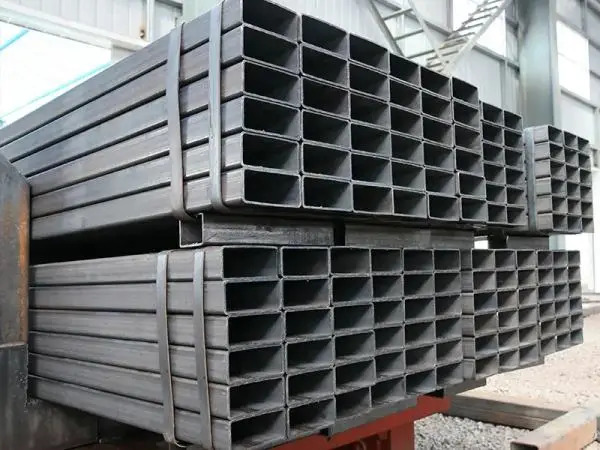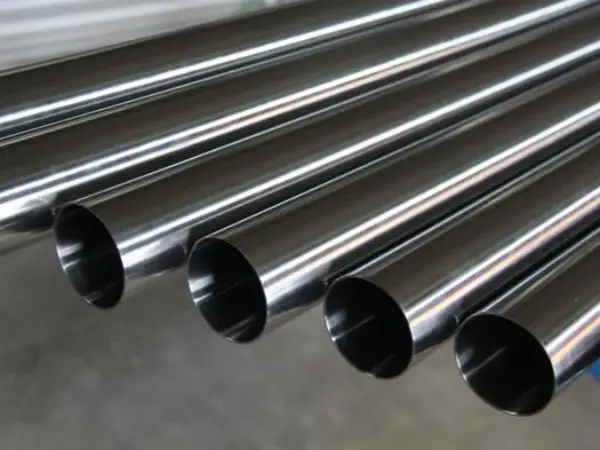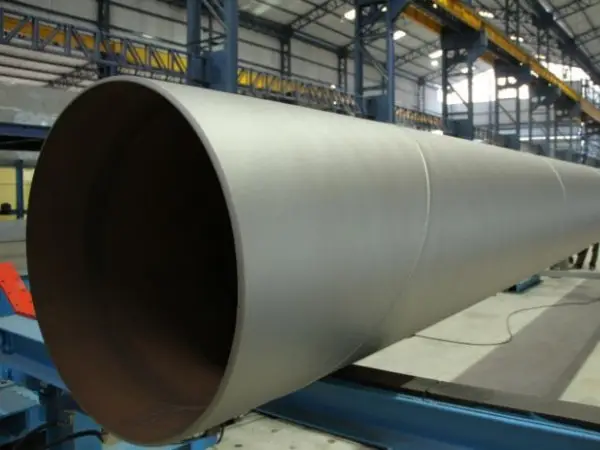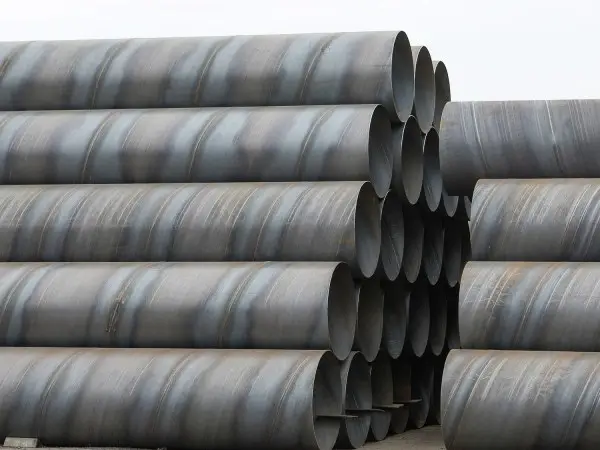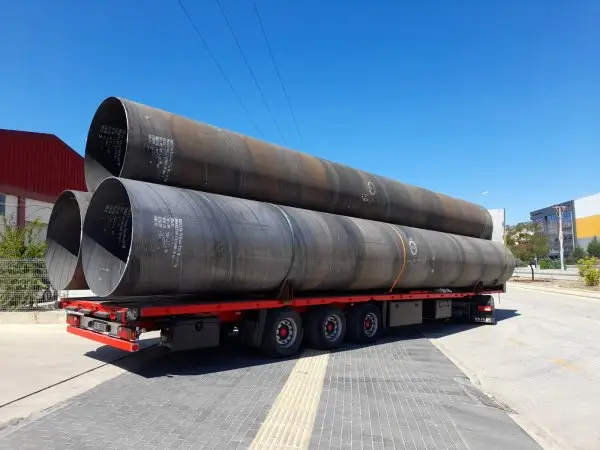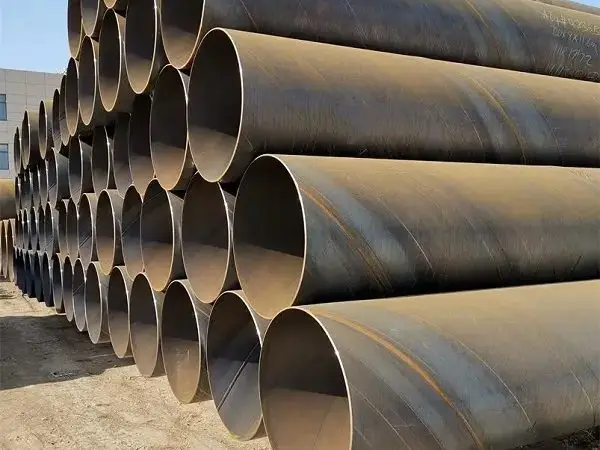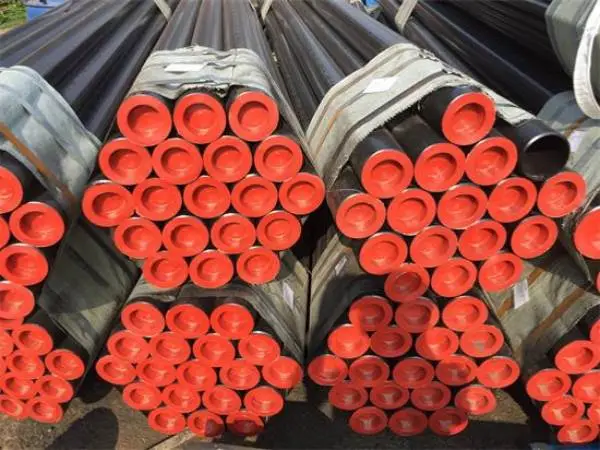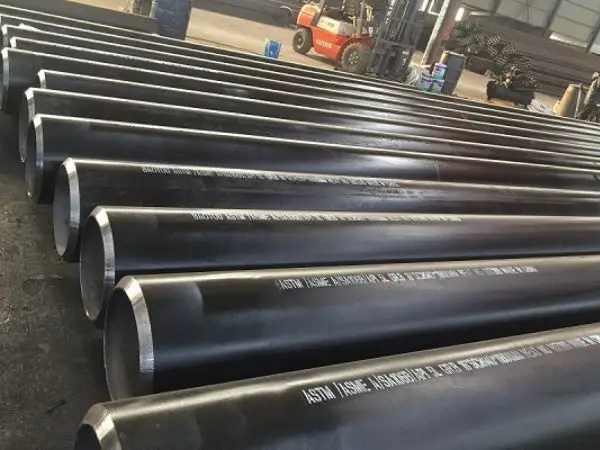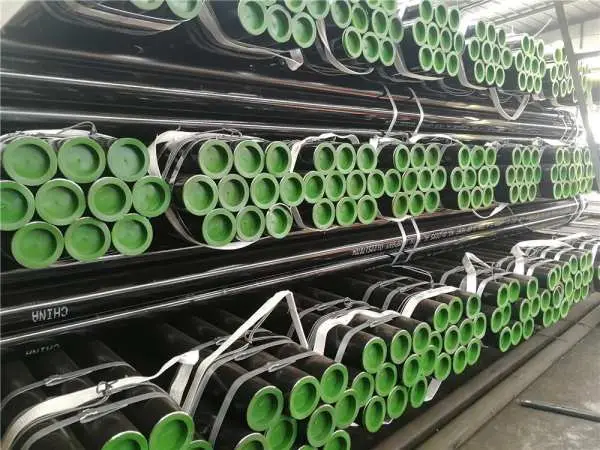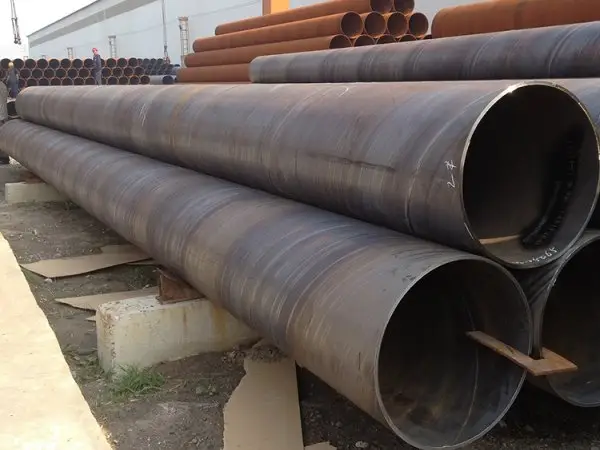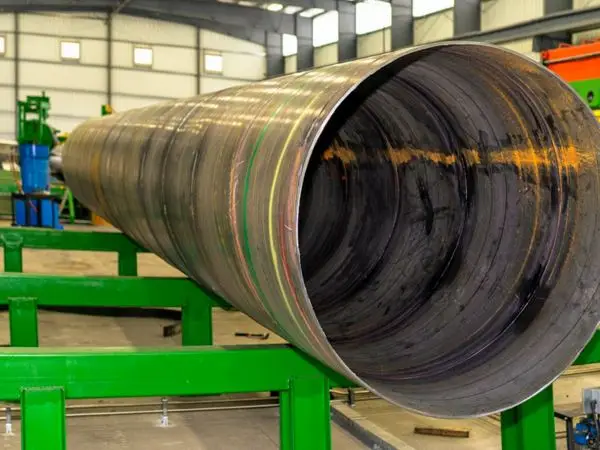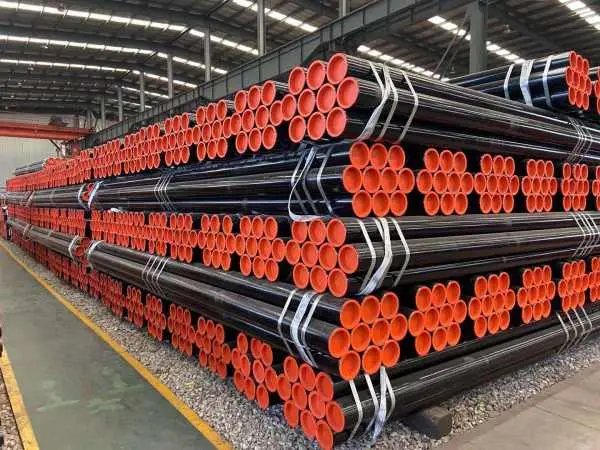-
2024-08-13Product News
How to store square and rectangular steel pipes?
Square or rectangular steel pipes are tubes with square or rectangular cross-sections, commonly made from materials such as carbon steel, alloy steel, or stainless steel. Due to their geometric shape, these pipes often perform better than round tubes in specific applications. To maintain the integrity of square and rectangular steel pipes, proper storage is crucial. Here are essential guidelines for storing these steel pipes effectively.
-
2024-08-13Product News
The analysis of 316 stainless steel pipes
316 stainless steel pipes are widely recognized for their exceptional quality and versatility, making them a crucial material in various industries. This analysis delves into the material properties, production processes, and technical considerations that contribute to the high performance of 316 stainless steel pipes.
-
2024-08-12Product News
How are welded steel pipes processed?
Welded steel pipes, also known as seamed pipes, are produced by curling and forming steel plates or strips and then welding them along the seam. Below, we'll delve into the processing methods for welded steel pipes, as explained by a carbon steel pipe manufacturer.
-
2024-08-12Product News
Uses and performance comparison of spiral welded pipes of different specifications
Spiral welded pipes are a crucial engineering material, widely utilized across various industries. The characteristics, applications, and performance of spiral welded pipes can vary significantly depending on their specifications. This article will explore the uses and performance comparisons of different spiral welded pipe specifications to help in making informed choices for their selection and application.
-
2024-08-08Product News
Attentions when purchasing welded steel pipes
In industries such as construction, manufacturing, and petroleum, welded steel pipes are widely used for conveying fluids, providing structural support, and more. However, with various types and qualities of welded steel pipes available in the market, it’s crucial to ensure the quality of the purchased pipes meets the desired standards. Here are some essential considerations to keep in mind when purchasing welded steel pipes.
-
2024-08-08Product News
SSAW steel pipe yield and loss rate
The SSAW steel pipe factory places significant emphasis on minimizing losses during production. From the steel plate to the finished SSAW steel pipe, the loss rate during welding directly impacts the cost of production.
-
2024-08-07Product News
Hardness testing method for seamless steel pipe
When evaluating the mechanical properties of seamless steel pipes, it is essential to consider both tensile and hardness tests. These tests provide critical information about the material's performance and suitability for various applications.
-
2024-08-07Product News
How to judge the performance of seamless steel pipe?
Evaluating the performance of seamless steel pipes involves examining several key properties, including yield point, tensile strength, hardness index, reduction of area, and elongation after fracture. Understanding these properties is essential for ensuring the pipes meet the required standards for their intended applications.
-
2024-08-06Product News
Pickling process of seamless steel pipe
Pickling is a chemical process used to remove iron oxide scale from metal surfaces by treating them with acids of specific concentrations, temperatures, and exposure times. Here's an overview of the pickling process of seamless steel pipe.
-
2024-08-06Product News
Welding method of SSAW steel pipe
SSAW steel pipe is created from strip steel coil, formed into a spiral shape at room temperature, and welded using an automatic double-wire, double-sided submerged arc welding process. This article will briefly introduce welding method of SSAW steel pipe.
-
2024-08-05Product News
What are the application fields of welded steel pipe?
Welded steel pipes are integral to various industries due to their strength, durability, and versatility. Here’s a comprehensive overview of their uses and benefits.
-
2024-08-05Product News
Carbon content classification of seamless steel pipes
Carbon steel seamless pipes are a versatile and widely used type of steel pipe, categorized based on their carbon content. This classification includes low carbon steel, medium carbon steel, and high carbon steel, each with distinct properties and applications. This document provides an in-depth analysis of these categories, highlighting their characteristics, uses, and weldability.
